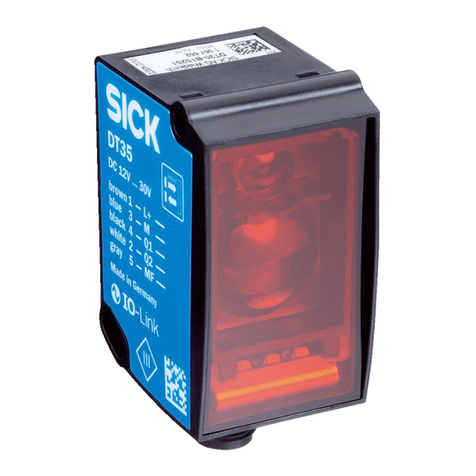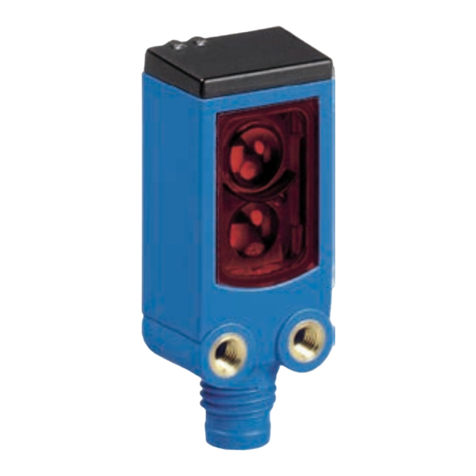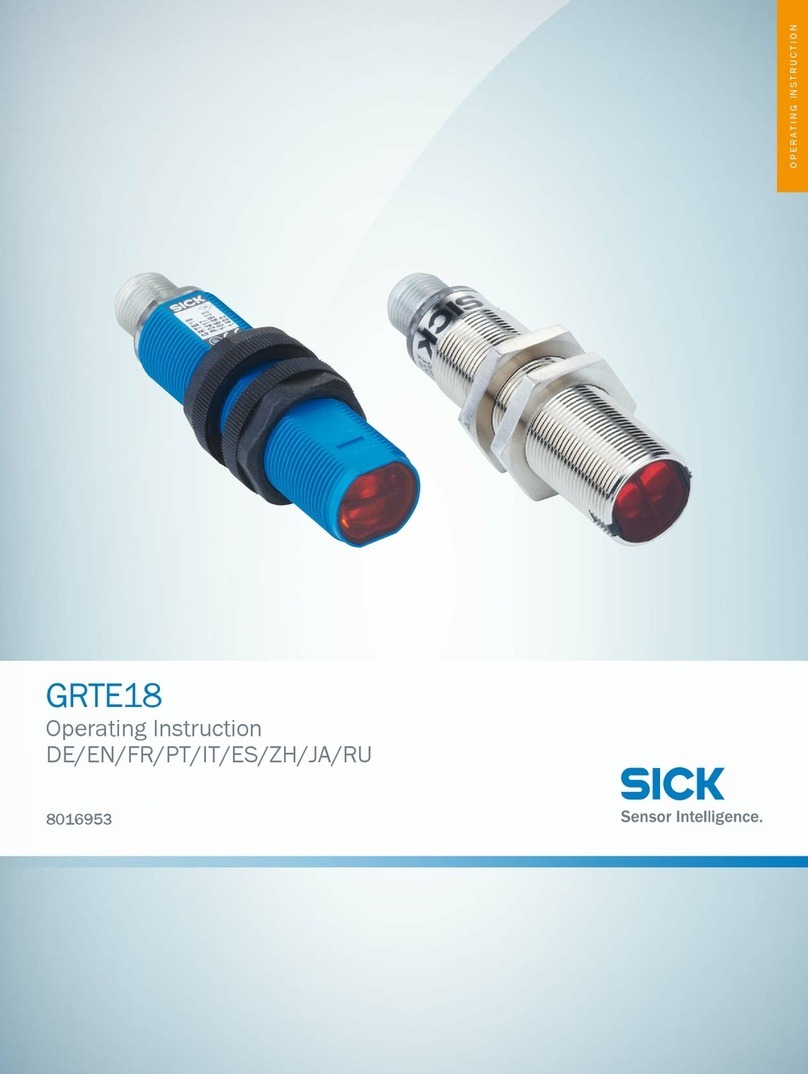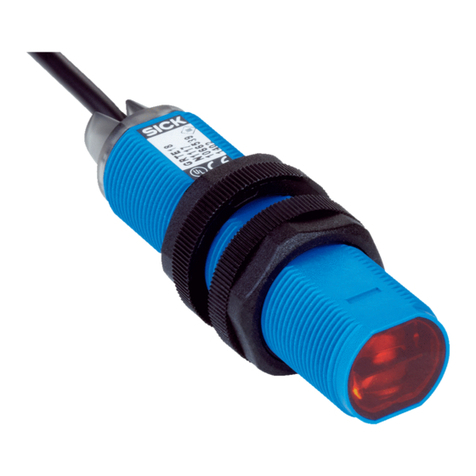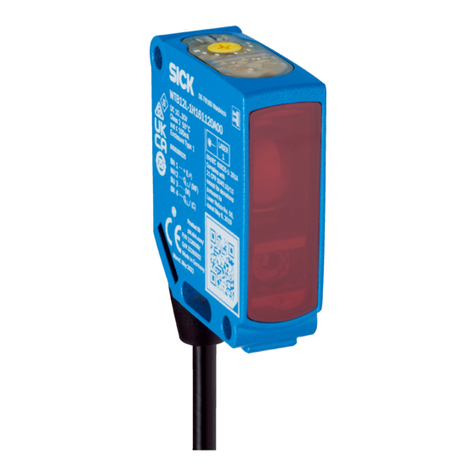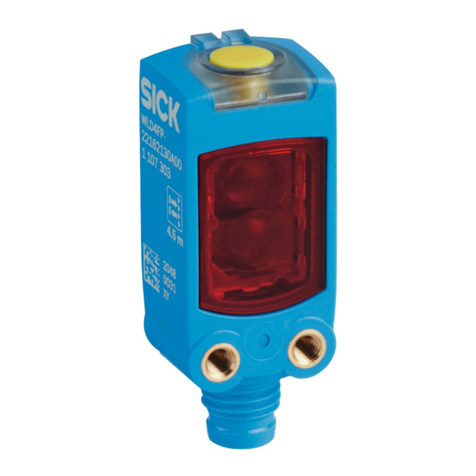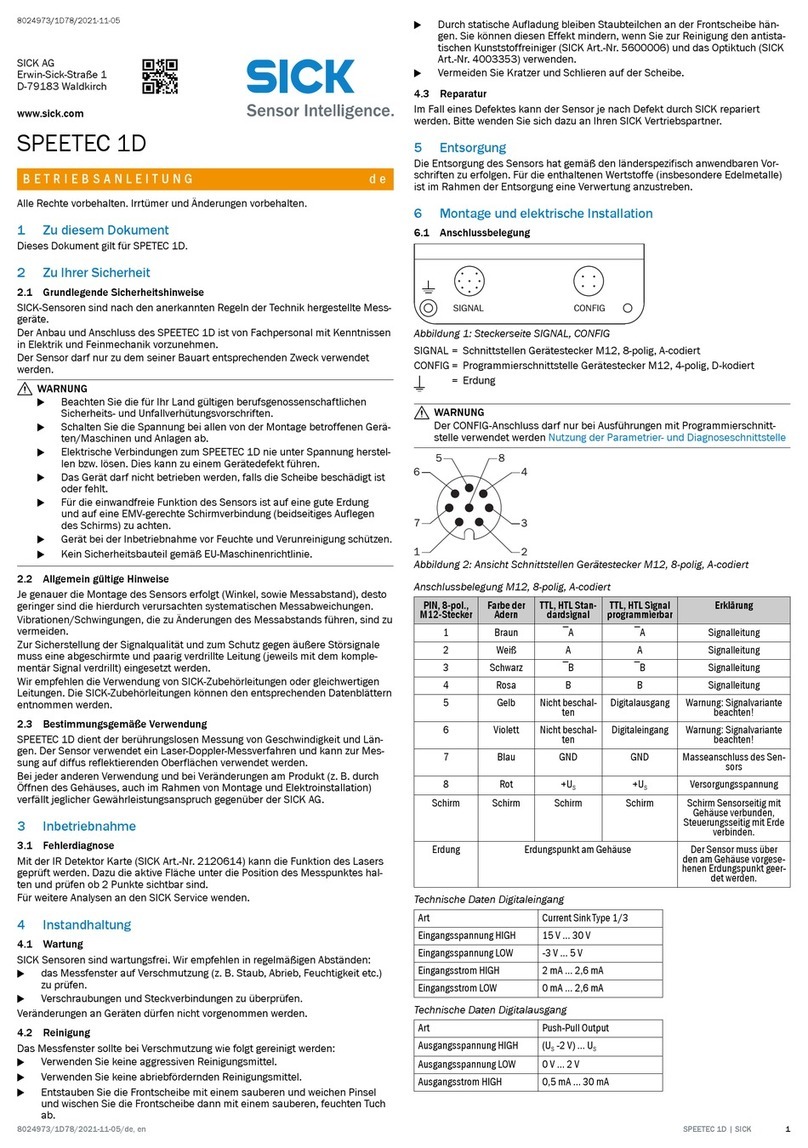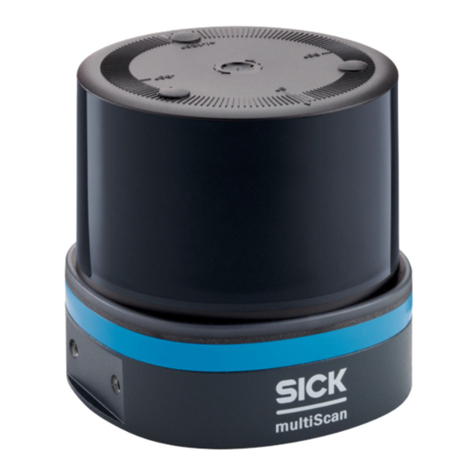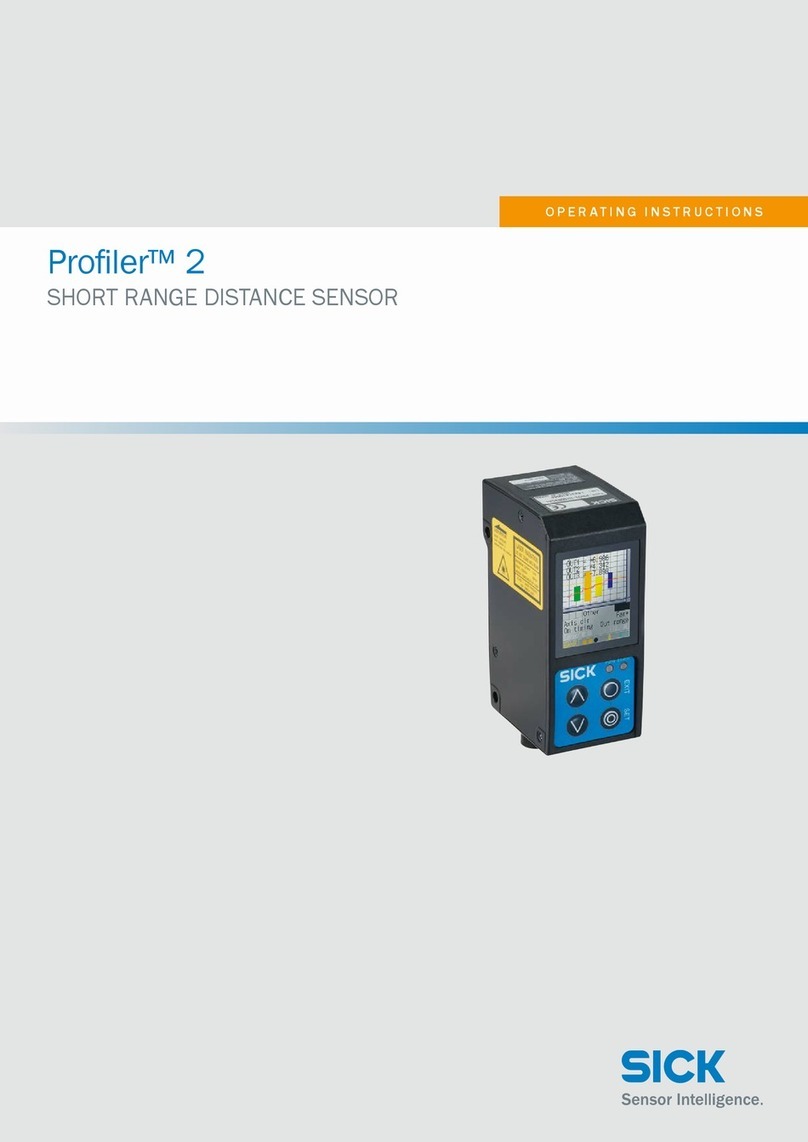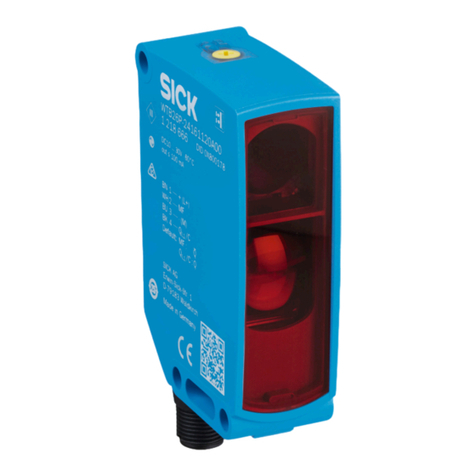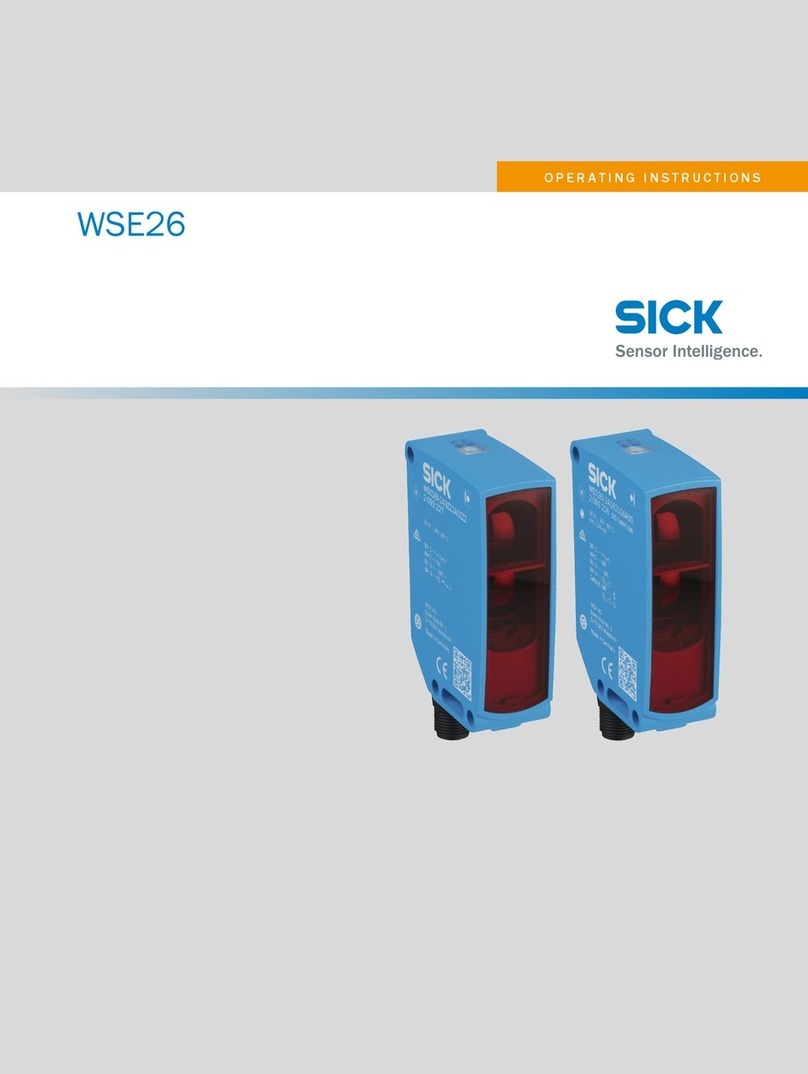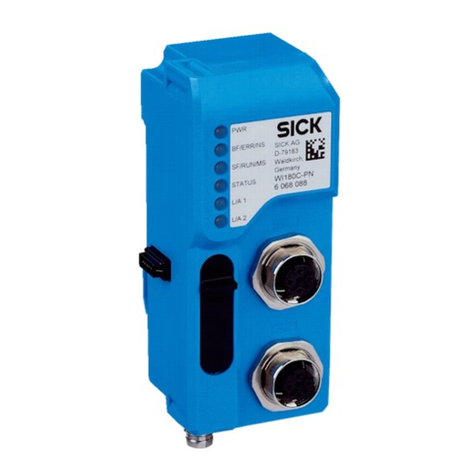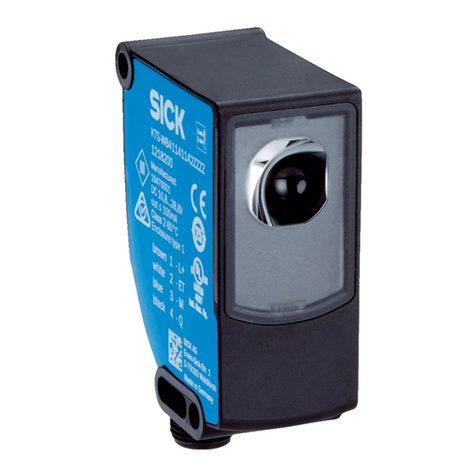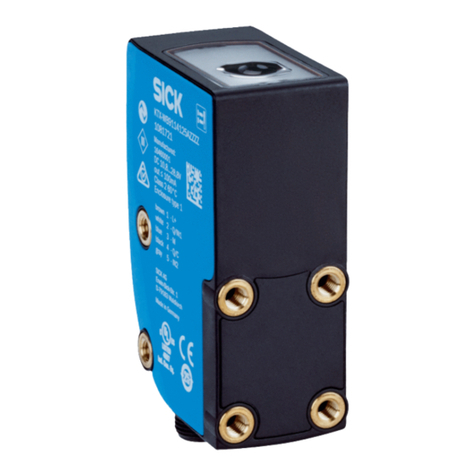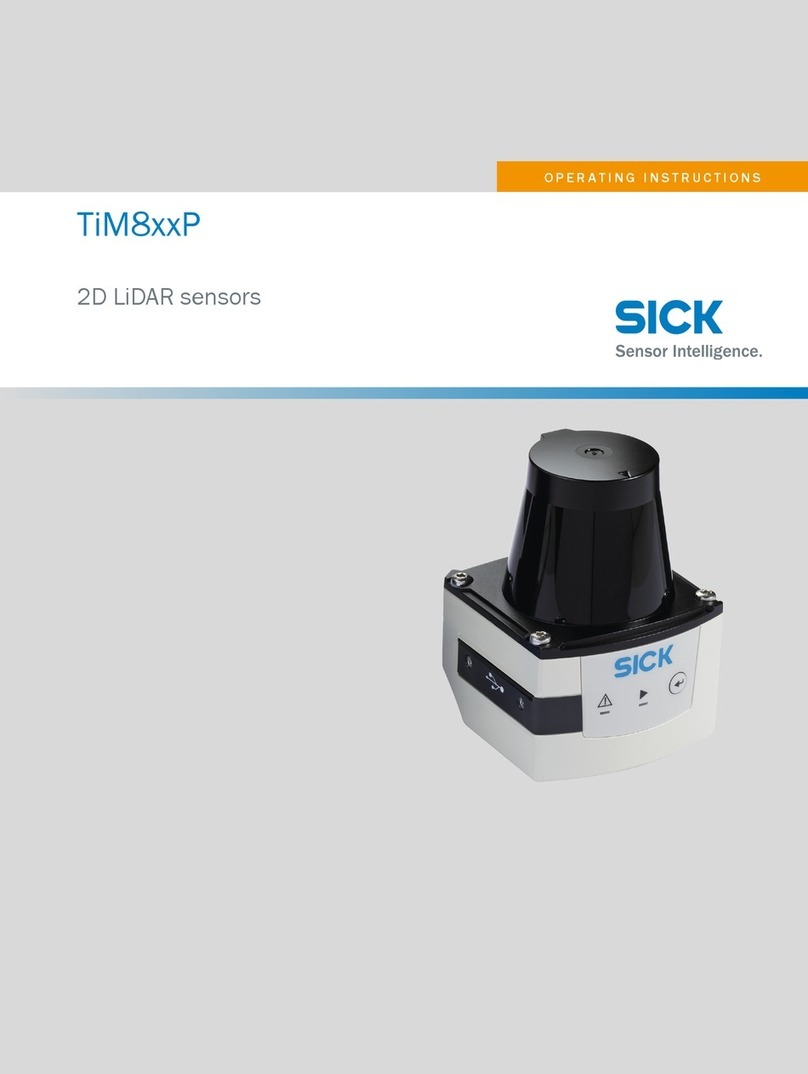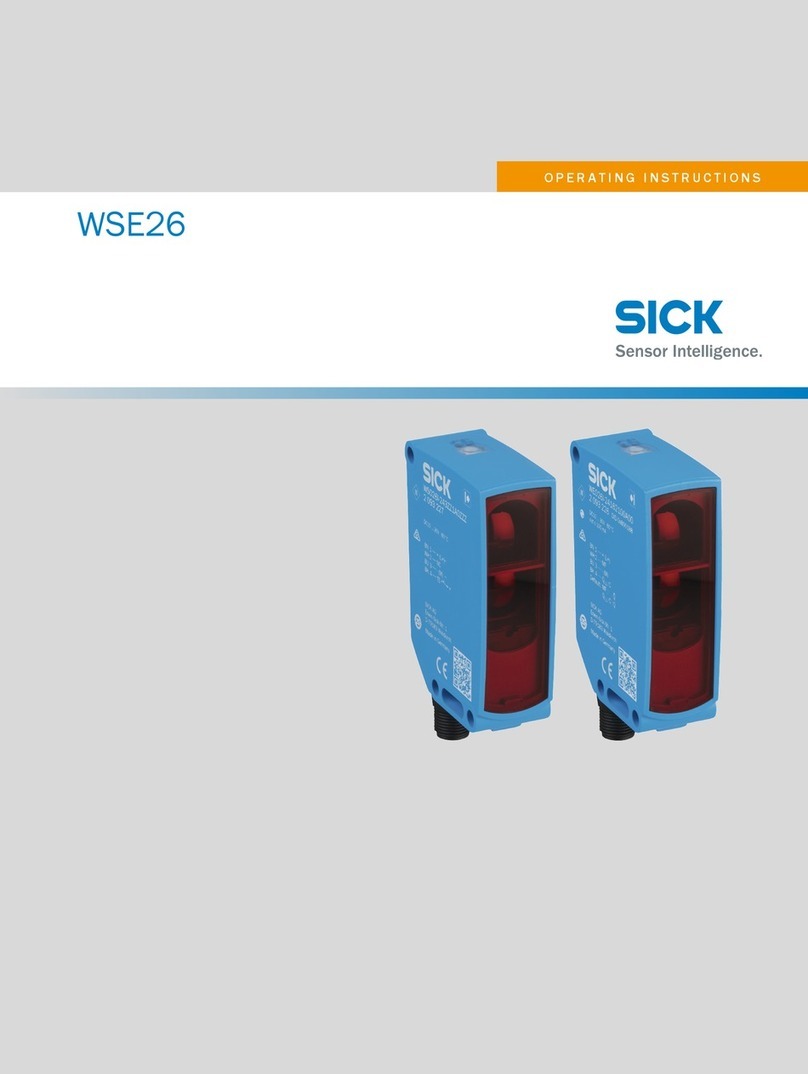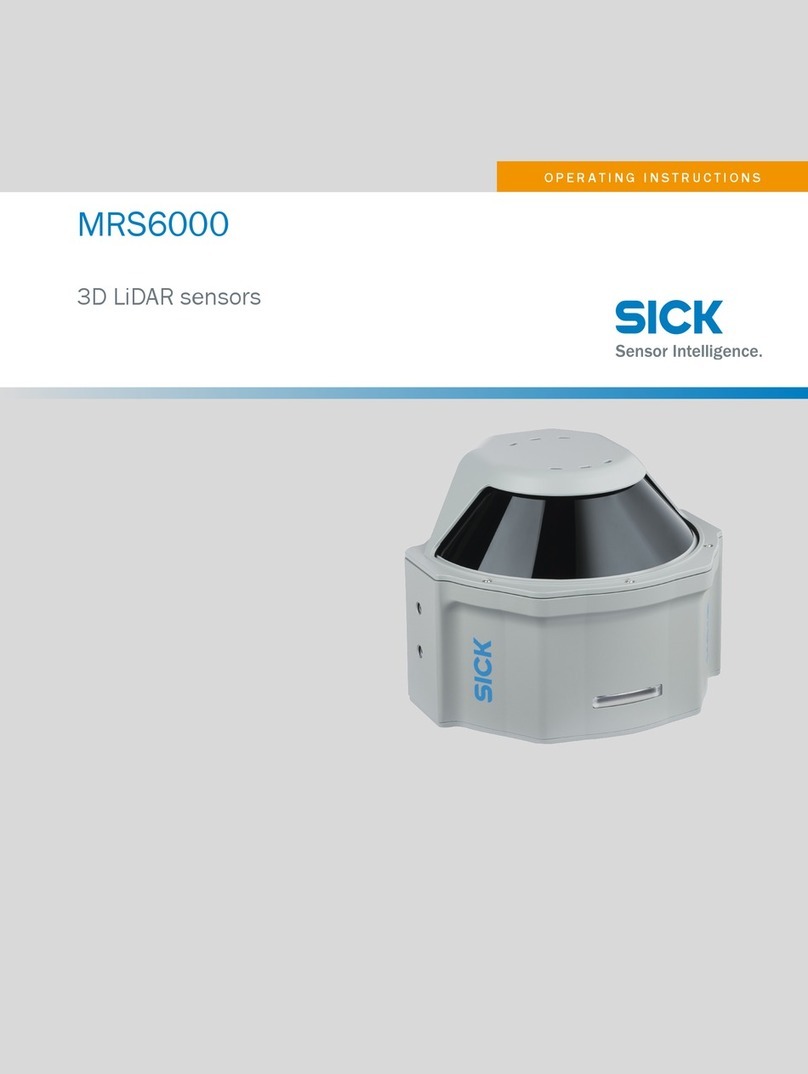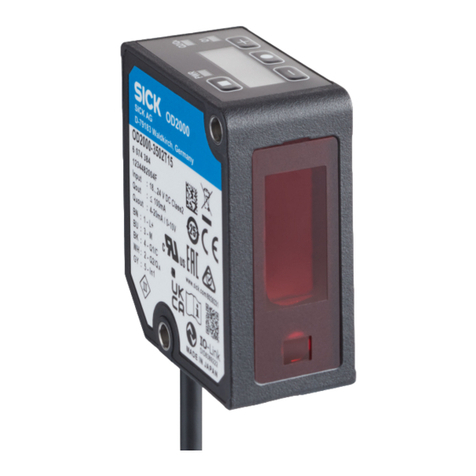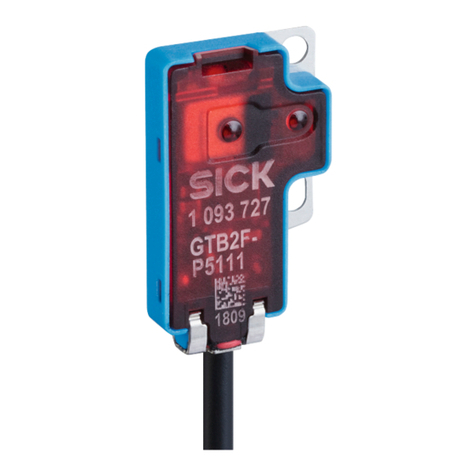
6 Electrical installation........................................................................ 37
6.1 Safety......................................................................................................... 37
6.2 System connection (M12, 5-pin)............................................................. 38
6.3 System connection via connection cable (M12, 5-pin to 8-pin)............ 39
7 Commissioning.................................................................................. 40
7.1 Safety......................................................................................................... 40
7.2 Overview.................................................................................................... 40
7.3 Switching on.............................................................................................. 41
7.4 Sender and receiver alignment................................................................ 41
7.4.1 Aligning the sender and receiver............................................ 41
7.4.2 Aligning the sender, receiver, and deflector mirror................ 42
7.4.3 Alignment with the QuickFix bracket...................................... 43
7.4.4 Alignment with the FlexFix bracket or with the upgrade
bracket...................................................................................... 44
7.4.5 Indication of the alignment quality......................................... 45
7.5 Check during commissioning and modifications.................................... 46
8 Operation............................................................................................ 47
8.1 Safety......................................................................................................... 47
8.2 Regular thorough check........................................................................... 47
9 Maintenance...................................................................................... 48
9.1 Regular cleaning....................................................................................... 48
9.2 Regular thorough check........................................................................... 49
10 Troubleshooting................................................................................. 50
10.1 Safety......................................................................................................... 50
10.2 Diagnostic LEDs........................................................................................ 50
10.2.1 Fault indicators........................................................................ 50
11 Decommissioning............................................................................. 53
11.1 Disposal..................................................................................................... 53
12 Technical data.................................................................................... 54
12.1 Data sheet................................................................................................. 54
12.2 Table of weights........................................................................................ 56
12.3 Dimensional drawings.............................................................................. 57
13 Ordering information........................................................................ 58
13.1 Scope of delivery....................................................................................... 58
13.2 Ordering information................................................................................. 58
14 Accessories........................................................................................ 59
14.1 Brackets.................................................................................................... 59
14.2 Mounting accessories.............................................................................. 60
14.3 Connectivity............................................................................................... 60
CONTENTS
4O P E R A T I N G I N S T R U C T I O N S | deTem4 Core Ex II 3GD 8021811/1DAL/2022-10-27 | SICK
Subject to change without notice
